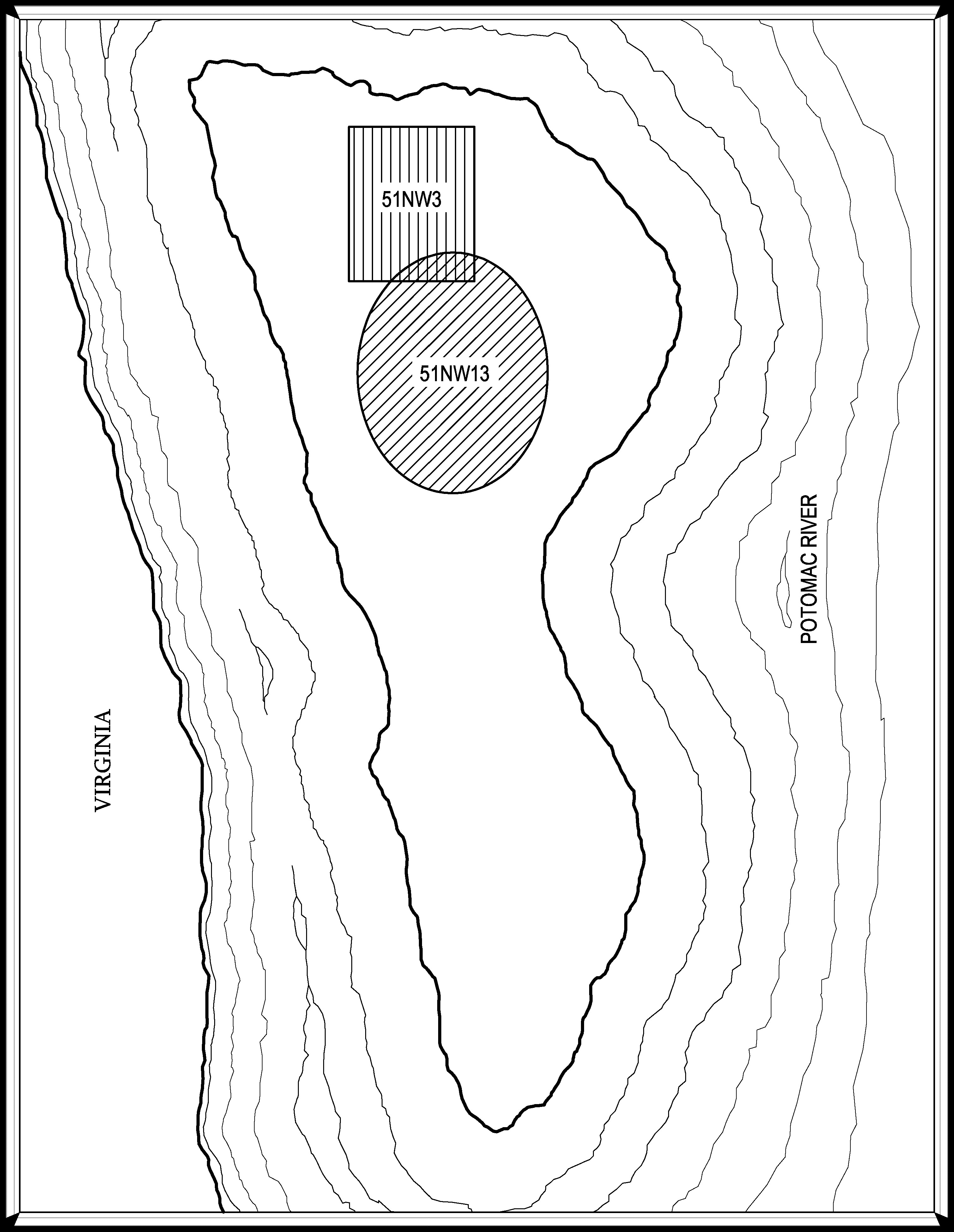Prehistory - Analostan - 1717

Image citation: Map based on Harvard G. Ayers, "Report of Archeological Testing of the Site Tri#1 on Theodore Roosevelt Island, Washington, D.C." locations of archeological sites are approximations
“In 1711, Swiss explorer Baron Christoph von Graffenried described the present-day Theodore Roosevelt Island as "all cut out of rock. above it is a very fine and good soil, sufficient to support a whole family. Indians live there. One could make an impregnable fort of it." These inhabitants were most likely members of the Necostin, or Anacostin, tribe. Many of the island's earliest names appear to be derivatives of the tribal name, including "Anacostien," "Anacostian," "Annalostian," and finally "Analostan," a name that would remain in use until the twentieth century. Two prehistoric archeological sites are known on the island, 51nw3 and 51nw12. The latter was described in 1923 as a "village," and may potentially be the long-sought native American Settlement of Namoraughquend. The 1967 excavation of site 51 nw3 uncovered large quantities of pottery sherds, projectile points, animal bones, and similar artifacts, giving tangible proof of a substantial, and most likely long-term, Native American presence. The major occupation dates to the end of the early woodland and beginning of the middle woodland periods, ca. 750 B.C. to 200 A.D.” — Anne E. Kidd, HABS